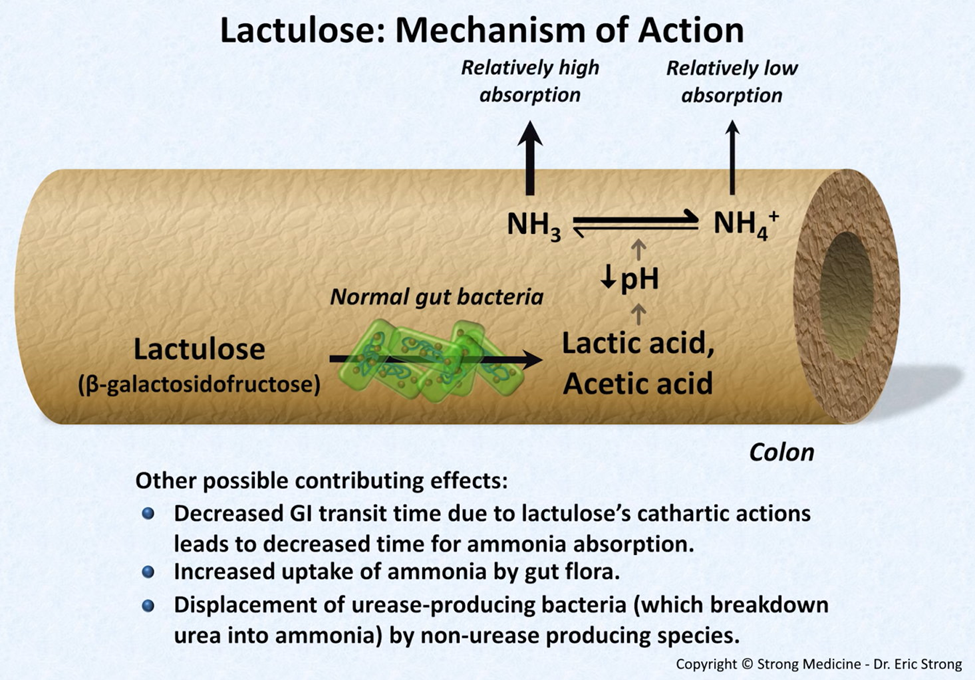A nurse is caring for a client who has a history of diabetes mellitus and is being admitted to the unit confused, flushed, and with an acetone odor on the breath. Diabetic ketoacidosis is suspected. The nurse should anticipate using which of the following types of insulin to treat this client?
Regular insulin
Insulin detemir
Insulin glargine
NPH insulin
The Correct Answer is A
A. Regular insulin:
Regular insulin, also known as short-acting insulin, is commonly used in the initial management of diabetic ketoacidosis. It has a relatively rapid onset of action, making it suitable for addressing the acute and severe nature of DKA.
B. Insulin detemir:
Insulin detemir is a long-acting insulin analog. It is not the preferred choice for addressing the acute insulin needs in DKA; instead, it is used for basal insulin requirements in the maintenance phase of diabetes management.
C. Insulin glargine:
Insulin glargine is a long-acting insulin analog used for basal insulin coverage. Like insulin detemir, it is not the first choice for addressing the acute insulin needs in the initial treatment of DKA.
D. NPH insulin:
NPH (Neutral Protamine Hagedorn) insulin is an intermediate-acting insulin. While it has a role in diabetes management, it is not the preferred choice for the initial treatment of DKA. NPH insulin has a slower onset and longer duration compared to regular insulin.
Nursing Test Bank
Naxlex Comprehensive Predictor Exams
Related Questions
Correct Answer is C
Explanation
A. "I'll wear sandals in warm weather":
While wearing sandals in warm weather can be comfortable, it may not provide adequate protection for the feet, especially for individuals with diabetes. Closed, protective shoes are generally recommended to prevent injuries.
B. "I'll put lotion between my toes after drying my feet":
Applying lotion between the toes can create a moist environment, which may increase the risk of fungal infections. It is generally advisable to keep the skin between the toes dry to prevent infections.
C. "I'll check my feet every day for sores and bruises":
This statement is correct. Regular foot checks are crucial for individuals with diabetes to identify any signs of sores, bruises, or other abnormalities early. Early detection and prompt treatment can help prevent complications.
D. "I’ll soak my feet in cool water every night before I go to bed":
Soaking the feet in cool water is generally not recommended, as it can lead to maceration of the skin and increase the risk of fungal infections. Daily inspection and proper hygiene are more important aspects of foot care.
Correct Answer is B
Explanation
A. Lactulose is not used to decrease potassium levels. It is a laxative that works by drawing water into the colon, softening stools and promoting bowel movements.
B. Lactulose is used to decrease ammonia levels in clients with cirrhosis. Ammonia is a byproduct of protein metabolism, and when the liver is compromised, it may not effectively convert ammonia into urea, leading to elevated ammonia levels in the bloodstream. Lactulose helps reduce ammonia absorption in the colon.
C. Lactulose does not decrease glucose levels significantly. It is not primarily used as an antidiabetic medication.
D. Lactulose does not affect bicarbonate levels significantly. It primarily targets ammonia reduction in clients with cirrhosis.

Whether you are a student looking to ace your exams or a practicing nurse seeking to enhance your expertise , our nursing education contents will empower you with the confidence and competence to make a difference in the lives of patients and become a respected leader in the healthcare field.
Visit Naxlex, invest in your future and unlock endless possibilities with our unparalleled nursing education contents today
Report Wrong Answer on the Current Question
Do you disagree with the answer? If yes, what is your expected answer? Explain.
Kindly be descriptive with the issue you are facing.
